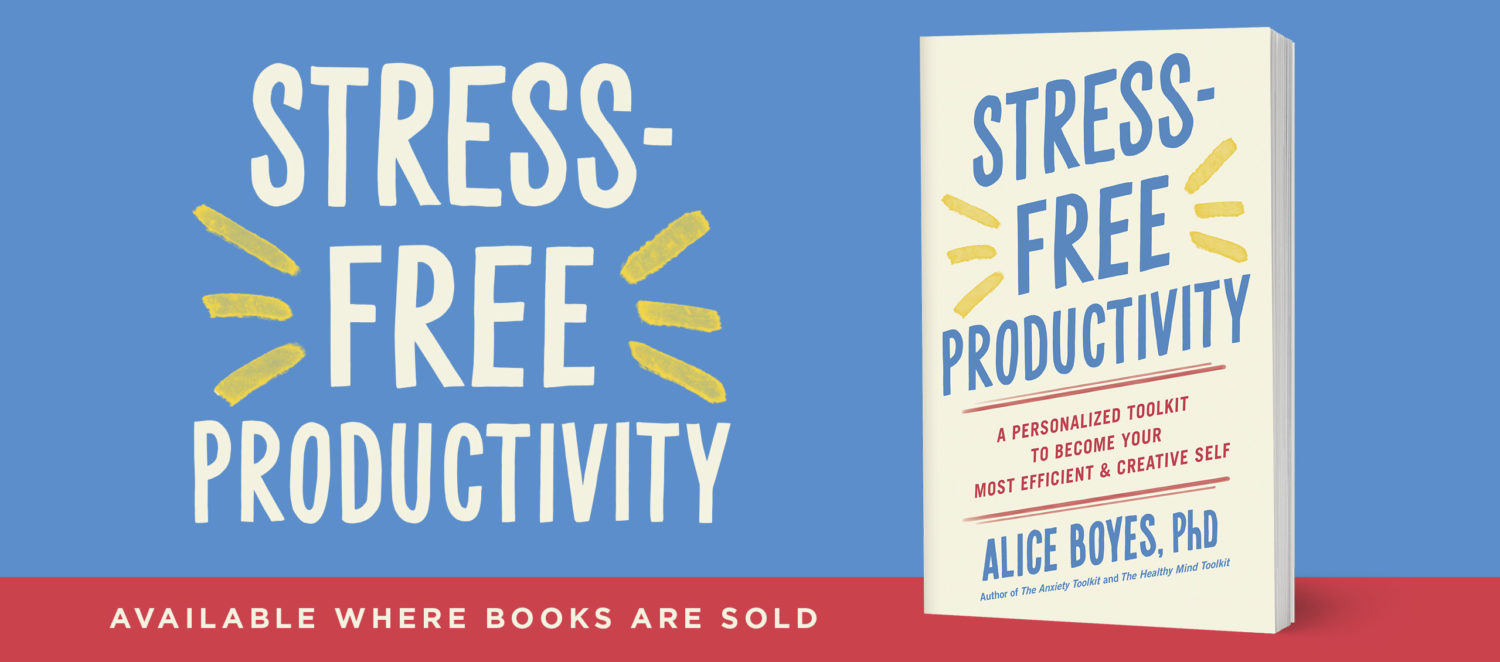7 Practical Things You Can Do to Become More Comfortable with Emotions
There are at least 4 different types of avoiding feelings.
1. avoiding experiencing feelings
2. avoiding expressing feelings
3. avoiding provoking feelings in other people (e.g. avoiding conflict)
4. trying to escape/avoid when other people express strong feelings, or trying to shut down/dial down the other person’s expression or experience of feelings
Practical Exercise 1
I would argue that doing this type of exercise is almost ESSENTIAL to overcoming difficulties with avoiding feelings.
Practicing Awareness of Your Experience
At least once a day, for at least 5-10 minutes, practice awareness of your experience.
Start out by closing your eyes.
To get centered – start by observing what it feels like to be sitting. e.g. what your butt feels like pressed against your chair. Then shift to observing the physical sensations of breathing. Follow your breath and observe what breathing feels like e.g. what air coming in your nose feels like.
Spend the next 5-10 minutes observing your physical sensations and thoughts.
“Watch” whatever thoughts, feelings, evaluations, memories, sensations etc come up without trying to influence what comes up. When you start looking “from” your thoughts or looking “in” your thoughts, lovingly bring your attention back to watching your thoughts. Let your thoughts etc come and go as they please. Accept all parts of your experience.
At the end, bring yourself back into the room by opening your eyes and describing your physical surroundings. If you have a window, look out the window and describe what you see.
Practical Exercise 2
Eye gazing.
Do this with someone you trust. (If you’re a therapy client, we can do this together). Spend 3 minutes looking into each other’s eyes. Its not a stare down. Its about practicing being willing to be present with another human. Whenever thoughts, evaluations, concerns about whether you’re doing it right etc, come into your mind, lovingly direct your attention back to being present with the other person.
Practical Exercise 3
psychology PhDs call this “grounding affect (emotion) in sensation”.
When you notice that you are feeling intense negative emotions, instead of distracting yourself from the feelings, observe how it feels in your body to feel the emotion. Scan your body to see how feeling the emotion feels in different parts of your body.
This exercise is especially useful if you believe that emotions might become out of control if you allow them to exist. You can use this exercise to test out a belief that “my emotions will become out of control if I don’t try to push them out of my mind”.
I adapted this exercise from the avoidance of affect chapter in: Oxford Guide to Behavioural Experiments in Cognitive Therapy (Cognitive Behaviour Therapy: Science and Practice, 2)
Practical Exercise 4
Next time someone else expresses strong emotion, be present with them, without trying to reduce or stop their experience or expression of their emotion. Don’t ask questions (asking questions can seem like its expressing empathy but it’s not). Don’t try to fix it, soothe them, offer solutions, distract them etc. Pick emotion not directed at you e.g. don’t pick when your partner is angry at you.
Practical Exercise 5
Practice labeling and differentiating the emotions you feel (to yourself). For example, I feel lonely, I feel disappointed.
Practical Exercise 6
Use specific and accurate emotion words when you talk. e.g. use the word envious.
Collect emotion words and start working them into the vocabulary you feel comfortable using.
Experiment with expressing emotions in ways you would normally avoid. For example, if you would never talk about feeling envious, mention an experience of envy you have had in a conversation. (I don’t mean mention being envious of the person you’re talking to)
Practical Exercise 7
Observe what happens socially when someone expresses emotion that is not directly aimed at the person they are expressing it to. What are the range of reactions people have? Do you notice other people trying to shut down/dial down the expresser’s emotional experience/expression. What are the most skillful/validating/present reactions you observe?
* The first two exercises are adapted from: Acceptance and Commitment Therapy: An Experiential Approach to Behaviour Change



